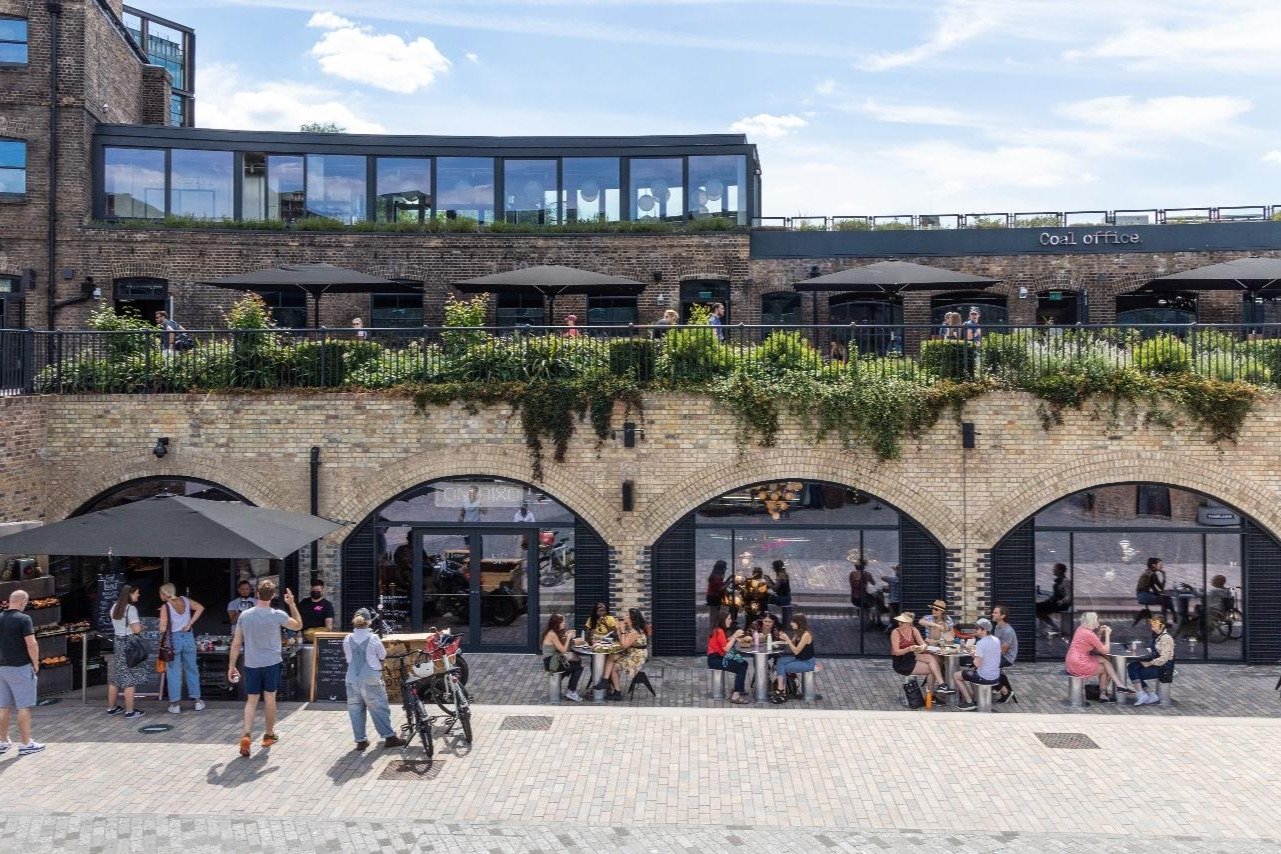
The examples of
WHAT DESIGN CAN DO
Our principles
The projects we have featured embody design principles emerging through interdisciplinary work ranging from neuroscience and environmental psychology to anthropology and sociology.
We do not pretend to synthesize this vast amount of research, but wish to highlight a constellation of robust findings that can be applied to the design of the built environment making it more dynamic, life affirming, experientially rich and ecologically sound.
This diagram is a work in progress.
synchrony / resonance
prospect / refuge
fractals
nonconscious experience
multi-sensorial
kinaesthetic
human scale
ENGAGES THE BODY
ENGAGES THE MIND
imagination
memory
awe / wonder
cognition
diversity of experience
fascination / repose
light / shadow
biophilia
texture
SYNERGY
local culture
light
history
climate
ecology
vernacular materials
sustainability
RHYTHMIC PATTERNS
INCLUSIVE
flexibility
neurodiversity
designing with, not for
LOCAL CONTEXT
AGENCY
sense of belonging
respect for difference
participatory
making / craft
improvisation / open-endedness
equity
accessibility
multiple species
Featured projects
One of the fundamental challenges of designing great architecture is creating spaces that offer a universally positive experience for all who encounter them. While the projects showcased here represent exceptional examples of design qualities, whether in spatial experience, materiality, ecological integration, or social impact, they may not fully meet the diverse needs of all who access them.
We acknowledge this ongoing tension in the pursuit of truly inclusive and life-affirming spaces. As such, we invite constructive debate and dialogue on how these projects, and architectural practice more broadly, can evolve to create environments that provide a more holistically positive experience for all life forms that inhabit them.










